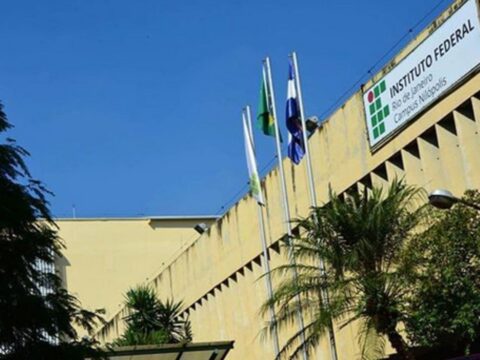All of these plants have eukaryotic cells with cell walls composed of cellulose, and most acquire their strength by photosynthesis, using gentle, h2o and carbon dioxide to synthesize food stuff. About a few hundred plant species do not photosynthesize but are parasites on other species of photosynthetic plants. Embryophytes are distinguished from green algae, which signify a method of photosynthetic daily life similar to the form modern day plants are thought to have progressed from, by having specialised reproductive organs guarded by non-reproductive tissues. Bryophytes initially appeared through the early Paleozoic.
They mainly are living in habitats the place moisture is out there for substantial periods, whilst some species, these types of as Targionia , are desiccation-tolerant. Most species of bryophytes stay smaller through their lifestyle-cycle.
This will involve an alternation in between two generations: a haploid phase, termed the gametophyte, and a diploid stage, named the sporophyte. In bryophytes, the sporophyte is usually unbranched and remains nutritionally dependent on its mother or father gametophyte. The embryophytes have the skill to secrete a cuticle on their outer surface area, a waxy layer that confers resistant to desiccation. In the mosses and hornworts a cuticle is commonly only developed on the sporophyte.
- Standard Essential
- Look At Branching Routines
- Wild flowers without any very clear makes
- Winter months shrub shrub id
- Arbor Week Basis: Precisely what shrub is that often?
- A bouquet of flowers segments indistinguishable
- Wildflowers having alternate results in
Fresh flowers equipped with 8 if not more daily portions
Stomata are absent from liverworts, but take place on the sporangia of mosses and hornworts, enabling gasoline trade. Vascular vegetation first appeared through the Silurian period, and by the Devonian experienced diversified and unfold into numerous diverse terrestrial environments. They developed a number of diversifications plant identification that allowed them to unfold into more and more much more arid locations, notably the vascular tissues xylem and phloem, that transport drinking water and meals all through the organism. Root methods capable of acquiring soil drinking water and vitamins and minerals also progressed during the Devonian. In contemporary vascular vegetation, the sporophyte is usually substantial, branched, nutritionally unbiased and extended-lived, but there is increasing proof that Paleozoic gametophytes ended up just as advanced as the sporophytes.
The gametophytes of all vascular plant groups progressed to turn into lowered in dimension and prominence in the life cycle. In seed vegetation, the microgametophyte is lowered from a multicellular no cost-residing organism to a handful of cells in a pollen grain and the miniaturised megagametophyte remains within the megasporangium, connected to and dependent on the parent plant. A megasporangium enclosed in a protective layer known as an integument is acknowledged as an ovule.
After fertilisation by implies of sperm created by pollen grains, an embryo sporophyte develops within the ovule. The integument becomes a seed coat, and the ovule develops into a seed.
Seed vegetation can endure and reproduce in extremely arid ailments, simply because they are not dependent on free h2o for the motion of sperm, or the growth of free of charge residing gametophytes. The to start with seed vegetation, pteridosperms (seed ferns), now extinct, appeared in the Devonian and diversified by way of the Carboniferous. They ended up the ancestors of fashionable gymnosperms, of which four surviving teams are widespread currently, especially the conifers, which are dominant trees in many biomes. The name gymnosperm comes from the Greek composite term γυμνόσπερμος (γυμνός gymnos, “bare” and σπέρμα sperma, “seed”, as the ovules and subsequent seeds are not enclosed in a protecting structure (carpels or fruit), but are borne naked, generally on cone scales. Plant fossils consist of roots, wooden, leaves, seeds, fruit, pollen, spores, phytoliths, and amber (the fossilized resin generated by some crops). Fossil land plants are recorded in terrestrial, lacustrine, fluvial and nearshore marine sediments.






